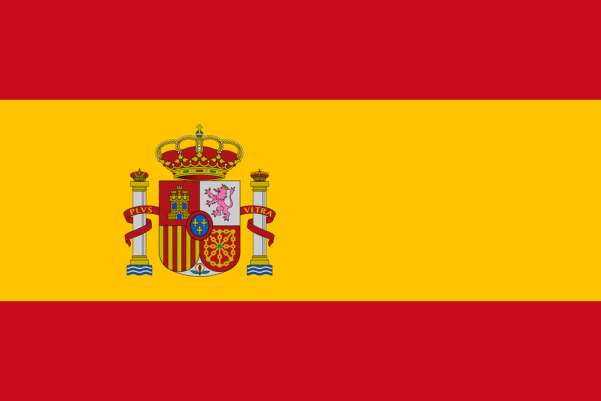Acarajé is one of the signature dishes of Brazil’s Northeast, and now you can try out this tasty delicacy by following this simple recipe
Acarajé is one the most emblematic foods of Brazil’s Northeast. African in origin, it is fundamentally a patty made with beans, onion, salt and garlic, and then fried in dendê (palm) oil. It can be served with chillies, tomato sauce, vinaigrette or even shrimp, among other accompaniments.
An interesting fact: acarajé is the ritual food of orixá Iansã, the ruler of the winds and storms in the Candomblé religion. In Africa, in the Yoruba language, àkàrà means fireball, and je means to eat. And so, eat the fireball, which would be the patty… Hungry yet?
Ingredients
- 500g of black beans
- 2 litres of water
- 1 large onion cut into 4 pieces
- Salt to taste
- 1 litre of dendê (palm) oil
Preparation
- Place the black beans in a bowl with 2 litres of water and leave for 12 hours (the day before)
- Rub the beans to remove their skin.
- Continue rubbing and rinsing, as many times as necessary, until all the black skin has been removed.
- Drain well.
- Place the beans, onion and salt in the blender and until it forms soft paste.
- Add a little water if the paste becomes too thick.
- Put the paste in the refrigerator and leave for 1 hour
- Then beat the paste with a large wooden spoon until it becomes white and airy.
- Take a pot or deep frying pan and place the palm oil over a medium heat.
- Form round patties and fry them until golden brown
- Cut in half and fill with tomato sauce, chillies, shrimp or vinaigrette. Serve hot.
For more information about Brazilian gastronomy including recipes visit our “Food and Drinks” section or click here

















